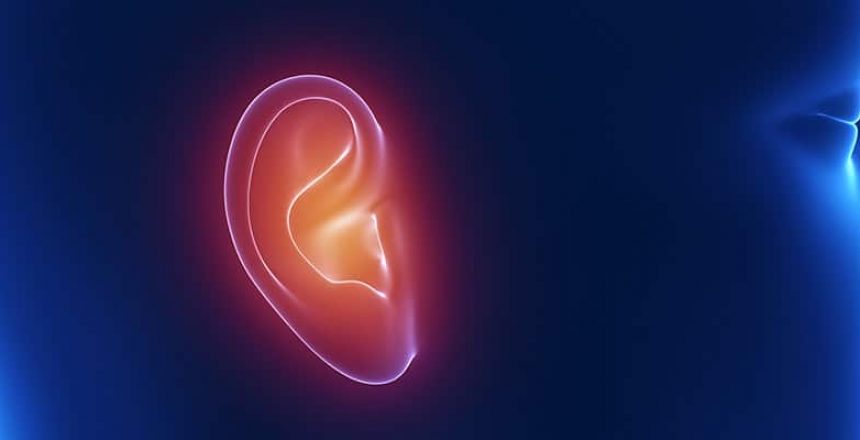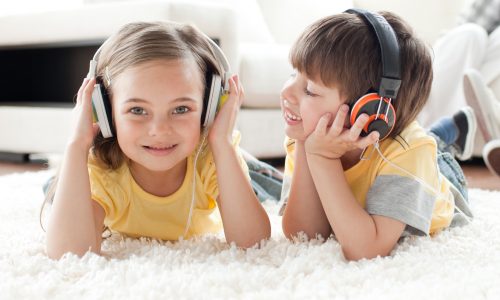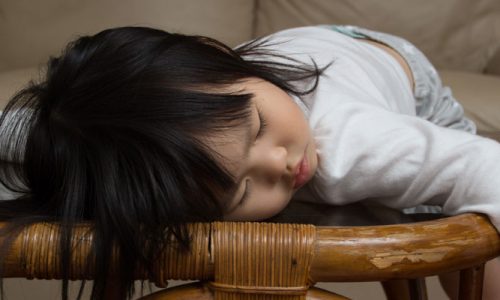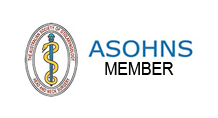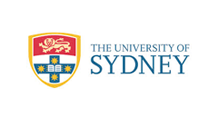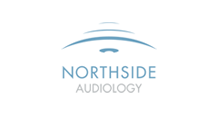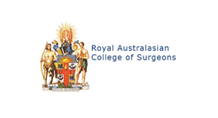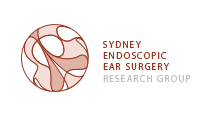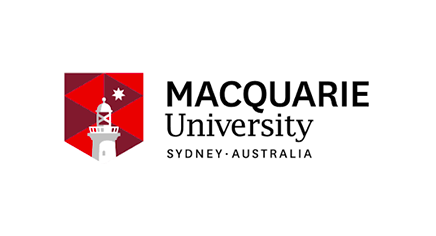Objective This update of a 2004 guideline codeveloped by the American Academy of Otolaryngology—Head and Neck Surgery Foundation, the American Academy of Pediatrics, and the American Academy of Family Physicians, provides evidence-based recommendations to manage otitis media with effusion (OME), defined as the presence of fluid in the middle ear without signs or symptoms of acute ear infection. Changes from the prior guideline include consumer advocates added to the update group, evidence from 4 new clinical practice guidelines, 20 new systematic reviews, and 49 randomized control trials, enhanced emphasis on patient education and shared decision making, a new algorithm to clarify action statement relationships, and new and expanded recommendations for the diagnosis and management of OME.
Purpose The purpose of this multidisciplinary guideline is to identify quality improvement opportunities in managing OME and to create explicit and actionable recommendations to implement these opportunities in clinical practice. Specifically, the goals are to improve diagnostic accuracy, identify children who are most susceptible to developmental sequelae from OME, and educate clinicians and patients regarding the favorable natural history of most OME and the clinical benefits for medical therapy (eg, steroids, antihistamines, decongestants). Additional goals relate to OME surveillance, hearing and language evaluation, and management of OME detected by newborn screening. The target patient for the guideline is a child aged 2 months through 12 years with OME, with or without developmental disabilities or underlying conditions that predispose to OME and its sequelae. The guideline is intended for all clinicians who are likely to diagnose and manage children with OME, and it applies to any setting in which OME would be identified, monitored, or managed. This guideline, however, does not apply to patients <2 months or >12 years old.
Action Statements The update group made strong recommendations that clinicians (1) should document the presence of middle ear effusion with pneumatic otoscopy when diagnosing OME in a child; (2) should perform pneumatic otoscopy to assess for OME in a child with otalgia, hearing loss, or both; (3) should obtain tympanometry in children with suspected OME for whom the diagnosis is uncertain after performing (or attempting) pneumatic otoscopy; (4) should manage the child with OME who is not at risk with watchful waiting for 3 months from the date of effusion onset (if known) or 3 months from the date of diagnosis (if onset is unknown); (5) should recommend against using intranasal or systemic steroids for treating OME; (6) should recommend against using systemic antibiotics for treating OME; and (7) should recommend against using antihistamines, decongestants, or both for treating OME.
The update group made recommendations that clinicians (1) should document in the medical record counseling of parents of infants with OME who fail a newborn screening regarding the importance of follow-up to ensure that hearing is normal when OME resolves and to exclude an underlying sensorineural hearing loss; (2) should determine if a child with OME is at increased risk for speech, language, or learning problems from middle ear effusion because of baseline sensory, physical, cognitive, or behavioral factors; (3) should evaluate at-risk children for OME at the time of diagnosis of an at-risk condition and at 12 to 18 months of age (if diagnosed as being at risk prior to this time); (4) should not routinely screen children for OME who are not at risk and do not have symptoms that may be attributable to OME, such as hearing difficulties, balance (vestibular) problems, poor school performance, behavioral problems, or ear discomfort; (5) should educate children with OME and their families regarding the natural history of OME, need for follow-up, and the possible sequelae; (6) should obtain an age-appropriate hearing test if OME persists for 3 months or longer OR for OME of any duration in an at-risk child; (7) should counsel families of children with bilateral OME and documented hearing loss about the potential impact on speech and language development; (8) should reevaluate, at 3- to 6-month intervals, children with chronic OME until the effusion is no longer present, significant hearing loss is identified, or structural abnormalities of the eardrum or middle ear are suspected; (9) should recommend tympanostomy tubes when surgery is performed for OME in a child <4 years old; adenoidectomy should not be performed unless a distinct indication exists (nasal obstruction, chronic adenoiditis); (10) should recommend tympanostomy tubes, adenoidectomy, or both when surgery is performed for OME in a child ≥4 years old; and (11) should document resolution of OME, improved hearing, or improved quality of life when managing a child with OME.
For more information read the full article on Sage Journals.

